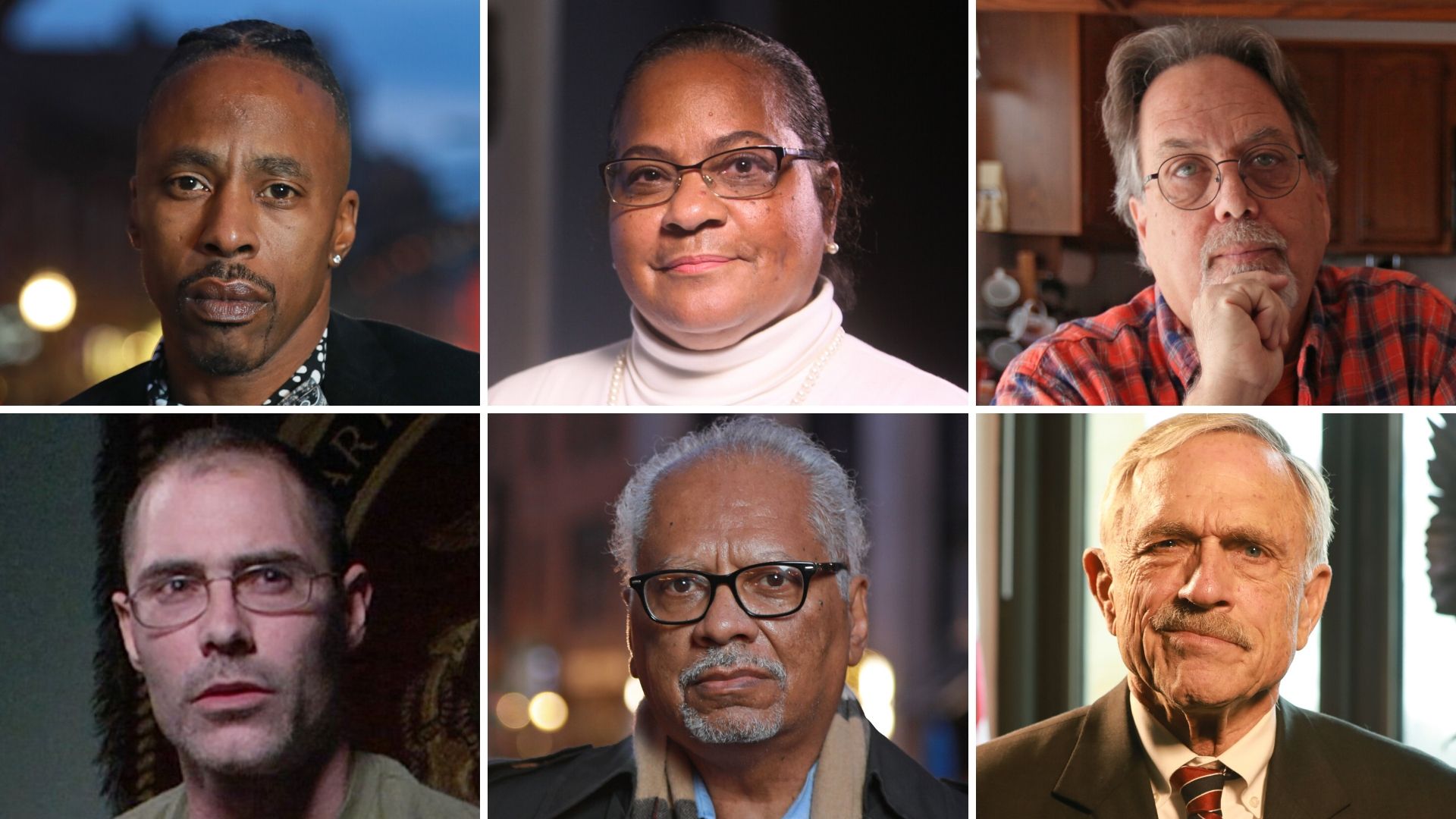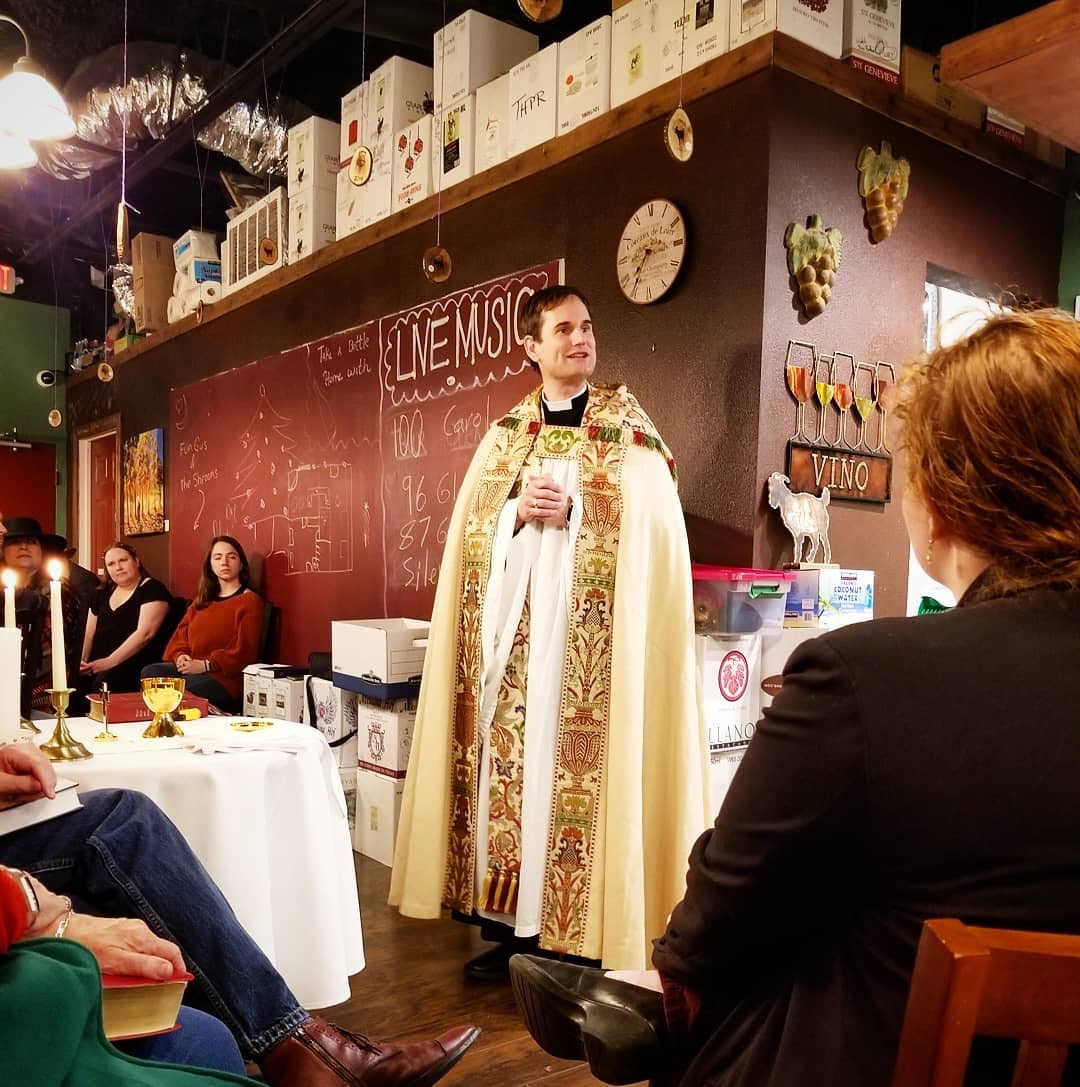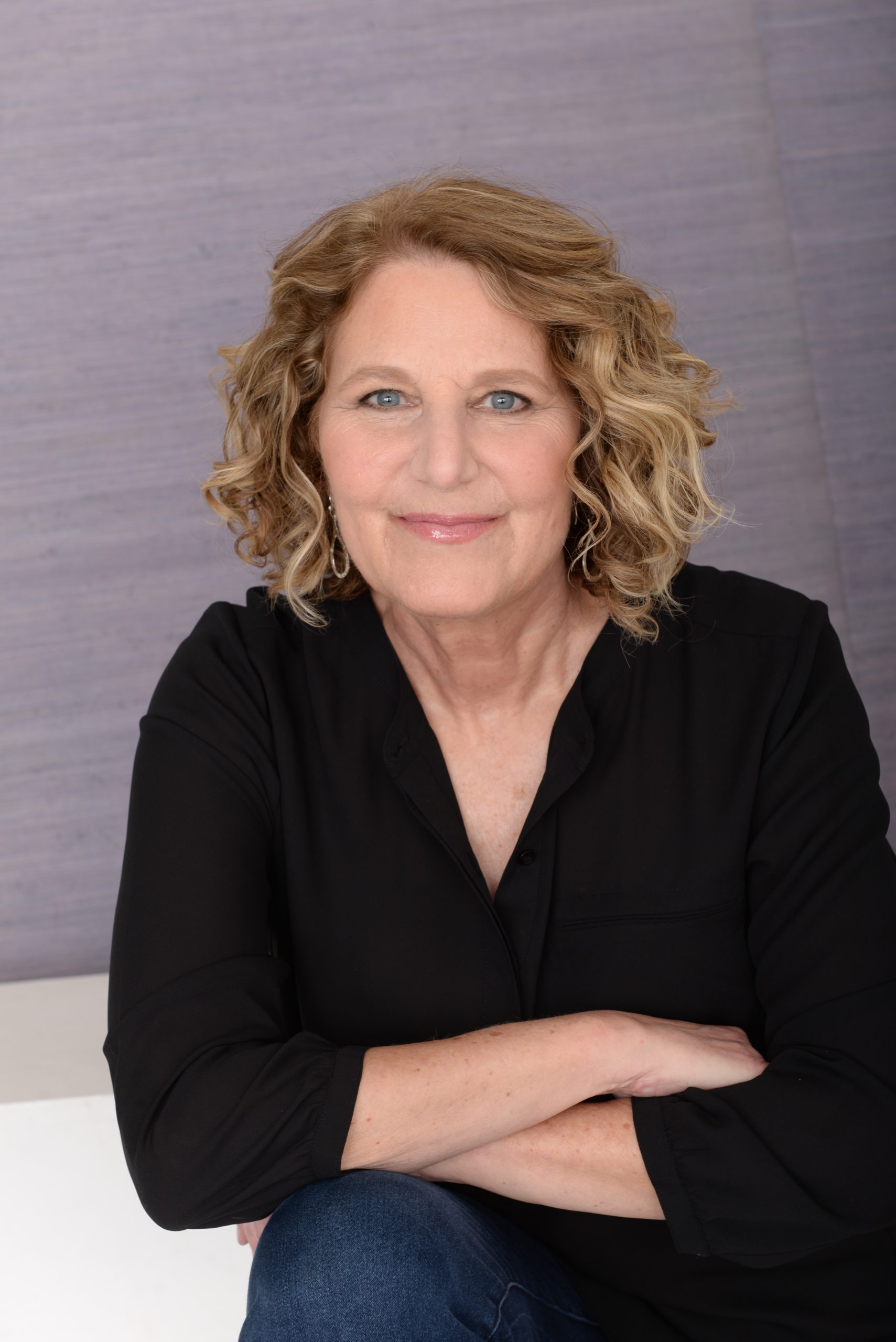What happens after you take a life?
This weekly series profiles six people who have taken lives, including a survivor of domestic abuse, a veteran and a train engineer. They discuss the circumstances leading up to each death, how the deaths affected them and how they have sought to cope in the aftermath.
David Peters is a 44-year-old reverend who last year founded Saint Joan of Arc Episcopal Church in Pflugerville, Texas.
Before that, he served as a chaplain in Iraq.
And before that, he killed someone.
A few weeks after completing boot camp for the U.S. Marine Corps, the then-19-year-old was in a car crash on a highway in West Virginia, where he was attending Bible college.
“There was direct sunlight in my eyes,” he said. “I swerved because I was trying to change lanes. I hit something in the median and then bounced into oncoming traffic, where I hit a motorcycle.”
The motorcycle driver lived, but his passenger, a young woman, died. Peters was treated for minor injuries at a hospital and sent home that day.
Other than facing a lawsuit for damages, which was later dropped, Peters did not suffer any legal or criminal consequences. But there were other repercussions, including lasting guilt.
“I wanted to be arrested or do time or be punished in some way for what I had done, because somebody had died,” said Peters, who started a group to help former soldiers heal and who teaches and writes about the concept of betraying personal values.
“My journey now is to do what I can to help other people who’ve had that experience.”
Rev. David Peters, of Saint Joan of Arc Episcopal Church, conducting a service, “Last Call Christmas,” in a wine bar in Pflugerville, Texas. Peters was involved in a car accident, which resulted in the death of a motorcycle passenger. Today, he also teaches and writes about the concept of moral injury. [David Peters]
Only a small percentage of people can say they directly caused someone’s death. And not all of them are cold-hearted murderers.
Some, like Peters, may technically be “killers,” but they don’t fit the conventional stereotype. They were simply in the wrong place at the wrong time or made an honest mistake that had fatal consequences. Others took lives in self-defense or in the line of duty.
Their stories are rich and nuanced, and, in many cases, could belong to anyone.
They are veterans and victims of domestic abuse, executioners and train engineers. Each reacted to the experience of taking a life in a different way.
The Dispatch is sharing these stories in a series called “I Took a Life.”
Among those being profiled are a Columbus police officer and a soldier who served in Iraq, a woman who shot her abusive ex-husband and a railroad employee whose train hit and killed two people on the tracks.
And there are individuals on opposite sides of the legal system — the man in charge of carrying out the state’s death penalty cases and a man who served more than a decade in prison for killing his friend.
Each case is noteworthy not just in the details of what happened but also in its aftermath, the ripple effects that the death had on the person responsible — whether the person dealt with it by creating distance from the act or whether they became trapped in a lasting trauma.
To help those who feel helpless and alone following such events, Maryann Gray, a California-based social psychologist and educator, started the website accidentalimpacts.org. Online visitors are given mental-health resources and a space to recount their experiences.
“There’s an amazing lack of resources for people who have unintentionally killed or injured another person,” Gray said.
In 1977, Gray killed a child who ran in front of her car in Oxford, Ohio. She was pursuing a master’s degree in clinical psychology at Miami University and had just decided to take a leave of absence to live in an urban commune in Cincinnati.
Gray did not face legal consequences and attempted to move on with her life, eventually relocating to California and continuing her education in social psychology. But even as she shared her story to help others, she couldn’t shake the guilt over what had happened.
“There was this voice: ‘You don’t deserve to feel happy. Look what happened last time you felt happy,’” she said in a 2017 interview with the New Yorker. “I lived with a ghost, with this child inside me, speaking to me, not very kindly. But I never talked about it.”
California-based social psychologist and educator Maryann Gray was involved in a car accident, which resulted in the death of a child in 1977 in Oxford, Ohio. To help others like her, she started the website accidentalimpacts.org. [Bader Howar]
Psychotherapists say withdrawal is a common response in these situations, and there is also a tendency for people to avoid situations that remind them of the traumatic events, whether it’s a veteran who doesn’t celebrate Mother’s Day — the day he took a life — or a train engineer who can never bring himself to set foot on a train again.
Others are plagued by guilt.
“Therapeutic work involves helping them to develop the best possible coping strategies to fend off (those feelings),” said California-based psychotherapist Arnold Bloch, who treated Gray. “They need ways to develop a loving and accepting relationship with themselves.”
Subscribe to The Columbus Dispatch.
Even after therapy, serving prison time or paying other legal penalties, some people will seek forms of penance for their actions.
“I think the best way, and maybe the only way, to come to terms with having unintentionally killed someone is to do something to make the world a better place,” Gray said. “It could be something very direct, like … doing volunteer work or community service. It could be creative expression (like) music, art or writing. It could be spirituality. It could be simply working very purposefully toward deepening our own kindness and compassion.”
But Peters warned that good deeds alone may still leave one who has taken a life feeling unsatisfied.
“(That’s) a really good place to start,” he said, “as long as people understand that there’s no way we can ever truly, fully, in our own actions, make up for a lost life.”


